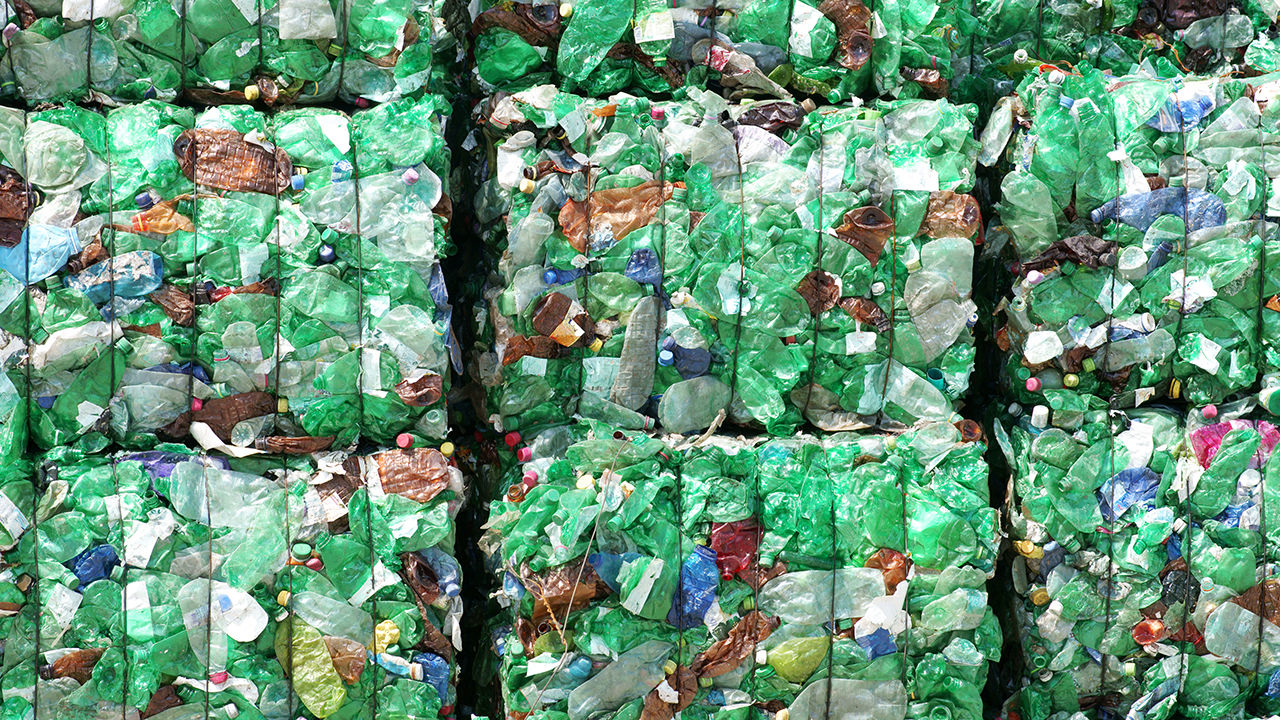|
By Serin Lee ’22 (Image Credit: iStock) Plastic is used everywhere by everyone, and it is no secret that plasticware is moving into the seas instead of being recycled. More than 8 million metric tons of plastic enter oceans each year, and scientists all-around the world are working on a solution to plastic pollution. The latest breakthrough is the discovery of a highly efficient plastic-eating enzyme. The enzyme is a product of a long line of engineered enzymes, first started in 2016 by a plastic-eating bug discovered in a Japanese waste site. In 2018, researchers created an engineered version of the enzymes from the bacteria that the bug utilized to digest plastic and demonstrated that the enzyme could break down plastic in a matter of days. The research was then followed by an enzyme found in April — this one derived from organisms found in leaf compost — which could degrade 90% of plastic bottles within 10 hours. The catch for this discovery was that the enzyme required high energy levels, meaning that degradation would need to happen at temperatures above 70 degrees Celsius.
The new, plastic-eating enzyme, now dubbed the “super-enzyme,” works at room temperature and is an amalgamation of two enzymes. The 2018 study found that one enzyme, named PETase, attacked the plastic bottles’ crystal structure. They also presented that one mutant version of PETase worked 20% faster than the other versions of PETase. For the creation of the super-enzyme, researchers combined that mutant form of PETase with another enzyme — also derived from the Japanese bug — that doubled the speed that chemical groups released from PETase broke down. Scientists coupled the two enzymes, hoping for a quicker breakdown of the plastic. This effect is common in nature: many bacteria use individual enzymes combined for more effective catalysis. The newly created super-enzyme worked at triple the speed of when the enzymes were separate. This super-enzyme is wholly manufactured and cannot be found naturally due to its size. This combination of human skill and natural inspiration holds a lot of hope for the future. Researchers are looking for ways to quicken the process and produce the super-enzymes, en masse, for commercial use. Comments are closed.
|
Photos from Verde River, Manu_H, focusonmore.com, Brett Spangler, Cloud Income

